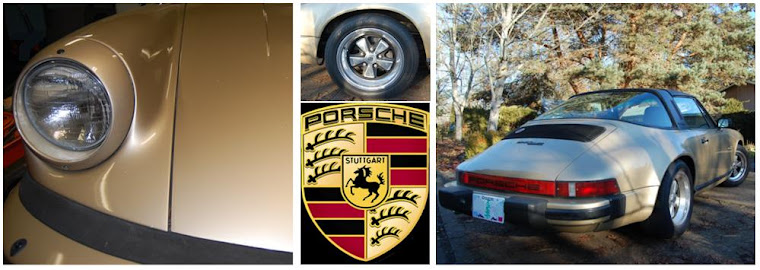I recently logged my first 1,000 EV miles. It was time to bump the Soliton 1 controller to the maximum setting of (cue the sinister movie sound clip) – 1,000 amps. There are a couple reasons to begin with a low current and ramp up to greater performance over time. While testing out the new EV system, a low current setting will minimize damage, if there is a problem. Another reason is I’m using a motor with brushes.
When a DC motor is new, the brushes do not make full contact with the commutator. Small imperfections in the contour radius at the brush and commutator interface increase the electrical impendence of the motor. If you try to pass a lot of current through new brushes, the motor is at risk of arcing and overheating. On the bench, I ran the motor for 30 hours at 12 volts. Then, when first installed into the car, the gradual increase in motor current allowed the brushes to properly seat as the high points on the brush get worn away.
With the 1000 amp limit, the difference in performance is significant and amazing. The extra 40 kilowatts of power (50 HP), relative to 600 amps, makes the car fly. The stock 3.0 liter internal combustion engine (ICE) output was rated 127 kW (170 HP). As an electric conversion, I recently logged a run on my commute to work with a current draw of 890 amps producing 120 kW of power (160 HP).
When a DC motor is new, the brushes do not make full contact with the commutator. Small imperfections in the contour radius at the brush and commutator interface increase the electrical impendence of the motor. If you try to pass a lot of current through new brushes, the motor is at risk of arcing and overheating. On the bench, I ran the motor for 30 hours at 12 volts. Then, when first installed into the car, the gradual increase in motor current allowed the brushes to properly seat as the high points on the brush get worn away.
With the 1000 amp limit, the difference in performance is significant and amazing. The extra 40 kilowatts of power (50 HP), relative to 600 amps, makes the car fly. The stock 3.0 liter internal combustion engine (ICE) output was rated 127 kW (170 HP). As an electric conversion, I recently logged a run on my commute to work with a current draw of 890 amps producing 120 kW of power (160 HP).

The logged run did 0 to 60 MPH in 9 seconds. I started in 2nd gear and at 5.7 seconds I shifted to 3rd. The 0 to 40 time was 4 seconds. If I open up my motor RPM limit to 5,500 I can reach 60 MPH in second gear and avoid the 2 second penalty of shifting. 2 seconds is a long shift, but I’m still getting used to this gearbox and after 97,000 ICE miles, the synchro-mesh is not in best form . The car seems to be on par with the stock performance, especially given that with the electric motor, peak torque is available between 0 and 5,000 rpm. I need to find an open bit of road with no traffic and see what happens when I push the full 1,000 amps.

















